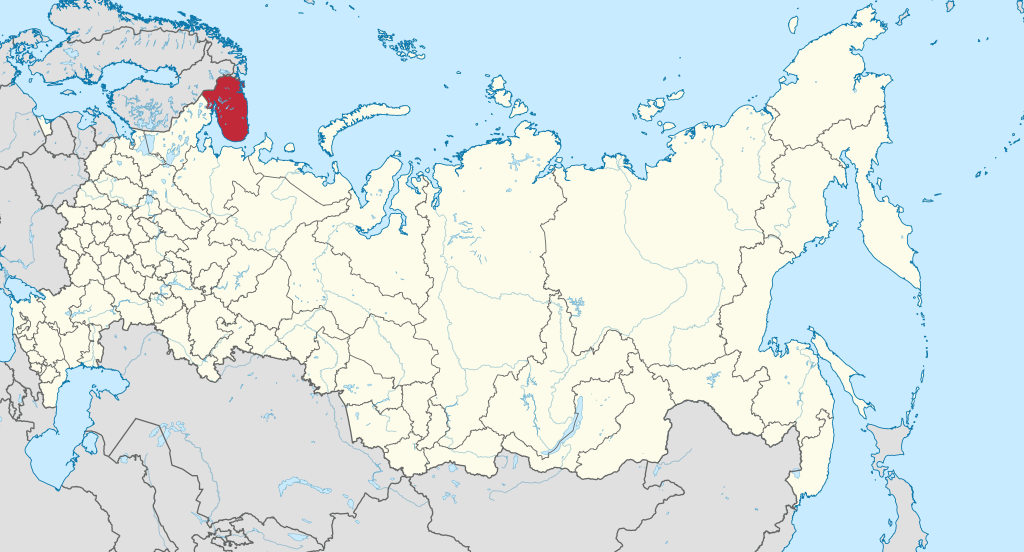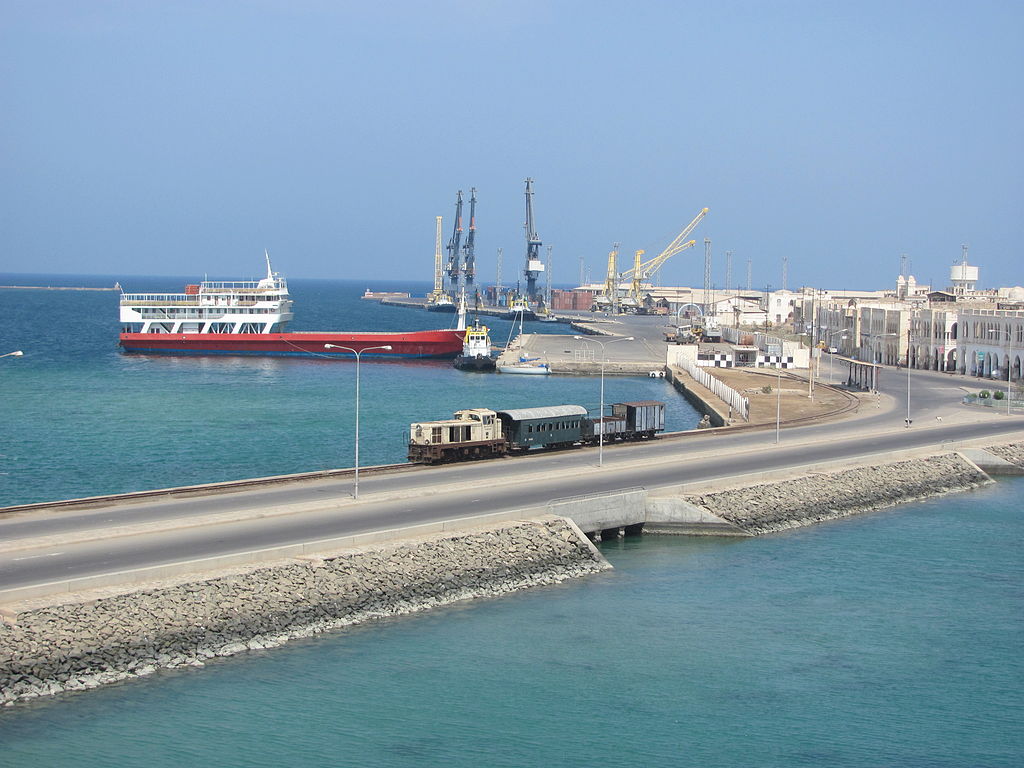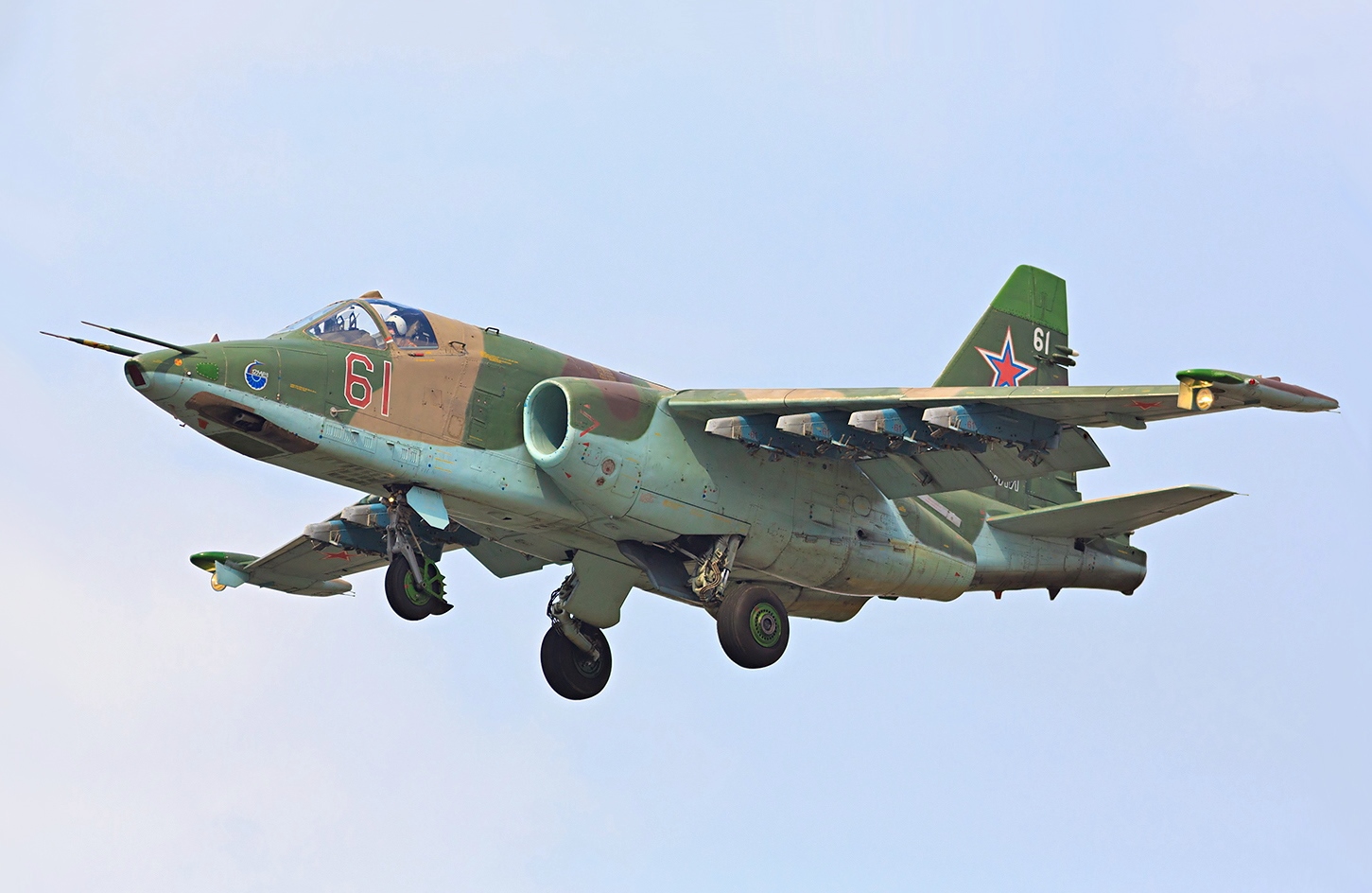
Map of the 2023 Nagorno-Karabakh war showing Azerbaijan day-to-day advances as of 22 September 2023.
“This was a man who belonged to the fleet, and even though he was a political officer, what did he do down there [Nagorno Karabakh]?”
Attrition continues within Russia’s officer corps as Russian commanders die on the battlefield, even beyond Ukraine and Syria.[i] According to the Norway-based news outlet The Barents Observer, deputy commander and political officer of Russia’s Northern Fleet submarine forces, Ivan Kovgan, was killed in Nagorno-Karabakh on 20 September.[ii] The article noted that Kovgan was deployed to the disputed region as the deputy commander of the Russian peacekeeping contingent. Kovgan’s SUV reportedly was struck by Azeri artillery, killing him and four other Russian servicemembers. It is unclear whether the strike on the Russian peacekeepers’ vehicle was intentional or a mistake as a result of the fog of war. In any case, the event prompted an immediate apology from Azerbaijani President Ilham Aliev to Russian President Putin and the promise of an investigation. The article also noted that residents of the Kola Peninsula, where Kovgan resided, were shocked that he would have even been selected to serve in Nagorno-Karabakh. While units from the Russian Northern Fleet have been deployed to Ukraine, some with catastrophic consequences,[iii] the death of Kovgan while on a less-risky peacekeeping mission is an unexpected blow. Russia has lost many high-ranking officers in Ukraine, and losing another senior officer in far-off Nagorno-Karabakh is costly.
Sources:
Atle Staalesen, “Deputy Commander of Russia’s Northern Fleed submarine forces is killed in Nagorno-Karabakh,” The Barents Observer (Norway based naval news focused news source), 22 September 2023. https://thebarentsobserver.com/en/security/2023/09/deputy-commander-russias-northern-fleet-submarine-forces-killed-nagorno-karabakh
Kovgan was only days away from completing his assignment in the disputed territories between Armenia and Azerbaijan when his car came under attack. He and four more Russian servicemen were killed.
A photo reportedly taken on the site of the attack shows a Russian military SUV type UAZ Patriot that has crashed into a rocky hillside. At least four bodies can be seen in and around the vehicle.
The lethal attack came from Azerbaijani forces and took place on the 20th of September as part of a major onslaught on Armenia-backed forces in the region. It is reported to have taken place near the settlement of Canyataq in the northeastern corner of the self-proclaimed republic.
Azerbaijani President Ilham Aliev in a telephone conversation with Vladimir Putin the following day apologised for the killings and assured that an investigation will be initiated and the guilty troops punished.
But for many locals in Gadzhievo it appear a mystery that a top officer from the Northern Fleet’s submarine forces was on duty in the far-away Nagorno-Karabakh.
“Who sent this first rank captain to that place???” a man writes in a comment on local social media in Gadzhievo. “This was a man that belongs to the fleet, and even though he was a political officer, what did he do down there??? After all, he was our naval political officer with both body and mind!” he underlines.Ivan Kovgan had reportedly been two months in Nagorno-Karabakh when he was killed. He was serving as Deputy Commander of the so-called peacekeeping forces that have been deployed in the area since the second Nagorno-Karabakh war of 2020. Back home in the Kola Peninsula he was Deputy Commander of the Northern Fleet’s submarine forces with responsibility for military-political operations.
Notes:
[i] Russia has lost several senior officers in Syria since 2016, including most recently Colonel Oleg Pechevisty, who was killed in May 2023. See: Isabel Van Brugen, “Russian Colonel Killed After Direct Strike on His Command Post – Reports,” Newsweek, 29 May 2023. https://www.newsweek.com/russian-colonel-oleg-pechevisty-killed-syria-strike-ukraine-war-1803136 and “Администрация Подпорожского района (Administration of Podporozhye district),” ВКонтакте (InKontact) Russian online social media and social networking service based in Saint Petersburg). 27 May 2023. https://vk.com/wall-167456645_21197
[ii] For additional information from the Russian perspective on the renewed conflict in Nagorno-Karabakh and presence of Russian peacekeepers, see: Kirill Strelnikov, “Прощание с Карабахом: уроки трагедии с двумя стульями (Farewell to Karabakh: lessons from the tragedy with two chairs),” RIANovosti (state-owned domestic Russian media outlet), 21 September 2023. https://ria.ru/20230921/karabakh-1897672995.html; “Messages appeared on the Internet about an attack by the Azerbaijani Armed Forces on a warehouse of Russian Peacekeepers, Top War (English language Russian military news focused media website, part of Military Review (Военное Обозрение)), 23 September 2023. https://en.topwar.ru/226714-v-seti-internet-pojavilis-soobschenija-ob-udare-vs-azerbajdzhana-po-skladu-rossijskih-mirotvorcev.html
[iii] The 200th is one of two Arctic infantry units subordinate to the Northern Military District’s 14th Army Corps, the 14th Army Corps is Ground Forces unit subordinate to the navy command, and as part of the Northern Military District it is subordinate to the Northern Fleet. For an investigative news piece on the fate of the 200th Separate Motor Rifle Brigade in Ukraine see: “‘Wiped Out’: War in Ukraine has decimated a once feared Russian brigade,” The Washington Post, 16 December 2022. https://www.washingtonpost.com/world/2022/12/16/russia-200th-brigade-decimated-ukraine/
Image Information:
Image: Map of the 2023 Nagorno-Karabakh war showing Azerbaijan day-to-day advances as of 22 September 2023.
Source: https://commons.wikimedia.org/wiki/File:2023_Nagorno-Karabakh_War.svg
Attribution: CCA SA 4.0 Int








